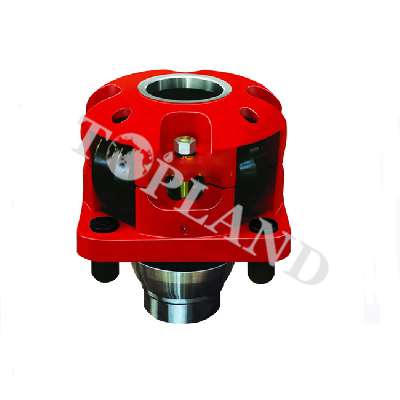IMPLEMENTING AI FOR OPTIMIZATION OF OIL AND GAS PRODUCTION
Enterprise-scale artificial intelligence (AI) has the potential to transform upstream oil and gas operations. Successful implementation requires attention to data integration, the development, deployment, and maintenance of a large number of machine learning (ML) models, and a combined expertise in data science and the oil and gas domain.
MANAGING COMPLEX PRODUCTION DATA
The first prerequisite for an effective implementation of a production optimization solution is access to high fidelity data from a variety of different sources such as well data, production data, reservoir modeling data, field infrastructure data, and financial and economic planning data for the production business. In the case of AI-based virtual metering, for example, data should include all frequent measurements that can be used as input features and well test results that will be used as target values for training the models. For a typical oil and gas field, this data needs to be available for many pads, with each pad including multiple production wells.
The number of wells for a production optimization application can easily be in the order of hundreds to thousands. Organizing and unifying all the data sources necessary for a production optimization application requires an efficient data lake and a data model that enables quick and reliable access to all data sources.
CREATING AND MAINTAINING MACHINE LEARNING MODELS FOR UPSTREAM AI
Developing a good machine learning model is a highly iterative process and typically requires domain expertise, careful exploration of the data sources and experimentation with different feature sets, learning techniques and machine learning models. Managing hundreds or thousands of machine learning models is a challenging task. First, every model needs to be trained and hyperparameter-tuned. Once these models are trained, they need to be productionized to continuously generate predictions and scores, and these outputs need to be persisted and made available in the application interface. Finally, the quality of the predictions needs to be continuously monitored and the models must be retrained or replaced in case of performance degradation. Performing these tasks at the scale required for a field-level virtual metering application poses many technical challenges.
TRANSFORMING UPSTREAM PRODUCTION WITH ENTERPRISE AI
The BHC3™ Production Optimization application answers the needs of upstream AI deployments at enterprise scale. The application draws on the power of the BHC3 AI Suite, offering an extendible data model that can be configured and tailored for new deployments. The relationships between all key assets and measurements in an oil and gas fields are predefined in this data model, and once the data model is configured, all static and time series data related to a field can be readily accessed efficiently through the application data model.
The complexity of AI model deployment and management is also simplified. By leveraging the architecture of the BHC3 AI Suite, thousands of models can be trained, processed, or tuned simultaneously, and the user can configure the logic that defines the data used for training the virtual meters. As an example, an operator can specify whether for one type of virtual meter (e.g., gas production rate), the training data should be shared between all wells in a pad or collected individually for each well. The application is also preconfigured with specific machine learning models. Upstream businesses can also configure the application to select any other ML model from a library of machine learning pipelines available through the BHC3 AI Suite.
INCORPORATING DOMAIN EXPERTISE
Although enterprise AI applications can simplify the complexity of production optimization, subject matter expertise plays an important role in successful deployments. Identifying data sets that are most reliable and trusted by the field engineers and technicians will greatly expedite the application’s feature engineering and feature selection. This process requires the help of a subject matter expert that is familiar with the specific field.
There are also specific operation and procedures that are specific to each field and may be difficult to detect without familiarity and deep domain understanding. Finally, experts can validate the predictions and the explainability of the models used in BHC3 Production Optimization. This final step is critical to ensure that the application is configured properly and integrated as a part of the production system.




 Upload RFQ
Upload RFQ





 Twitter
Twitter Linkedin
Linkedin Facebook
Facebook YouTube
YouTube Sales@toplandoil.com
Sales@toplandoil.com +86 21-50890868
+86 21-50890868 Head Office: 8-1011,Lane 5600, Chuansha Road, Pudong, Shanghai, China
Head Office: 8-1011,Lane 5600, Chuansha Road, Pudong, Shanghai, China 